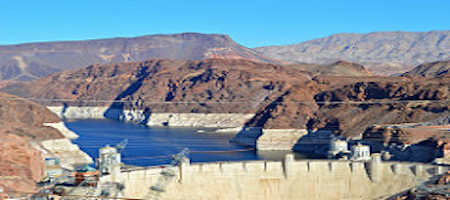Sediment control is an important part of maintaining a site. If not implemented, these areas easily become eroded. Wash off from some areas can pollute nearby streams, lakes, and rivers. The following methods offer the best protection and control.
Inlet Protection
One popular type of control is an inlet protection. Drop inlets are secured either around, above, or below the sewage grate. These appliances are often made of non-woven geotextiles. Some are made of synthetic fiberboard or wood chunks. For the drops used below sewer grates, an overflow opening is built-in to the design.
Curb inlet protection apparatuses are often tubing covered in a geofiber fabric. Sometimes the PVC is wrapped in polypropylene material. These products are placed in front of curbside inlets, keeping out sediment, pollutants, and debris from entering storm drains. This protection device does have an overflow gap and filter built in to keep the street from becoming flooded during use.
Perimeter Control
If the construction site is larger than just small repairs along the road, a perimeter device is necessary. Perimeter controls are put in place as a temporary measure, just until permanent ground covers can be put in place. There are several different types of apparatuses used for this task.
Sediment control fences provide a barrier that slows the runoff. It also helps to keep all sediment inside the work site and limits the filtering of sediment out of the site.
In addition to fences, sidewalk barriers help to transport the sediment off-site. This is a temporary trap for runoff. These may be used in conjunction with storm drain inlet devices.
Sediment Traps
In addition to placing barriers around inlets and construction sites, sediment traps are often employed. Scientists usually use these traps to study the quantity of particulates in lakes, rivers, streams, and oceans. However, they can be used in any water system to trap some sediment and keep the runoff from getting into the ecosystem.
Concrete Washout
Making and washing concrete is a major contributor to contamination. A washout helps to contain the runoff. A berm works with mixers, trucks, and wheelbarrows. It allows the concrete to be poured directly in and used. The berm then allows the contaminated water to evaporate safely.
For those who need something that will filter liquid and recycle aggregate for several washouts, a concrete filter is a better option. While it won’t work as well with wheelbarrows, it is compatible with trucks and mixers. The filter pulls sediment from water and reduces the pH. This allows the water to discharge into vegetation when finished.
Check Dam
Check dams are a final way to control sediment at a worksite. This is a temporary structure placed over a drainage ditch, waterway, or swale. This structure interrupts water flow. It also flattens the channel gradient, slowing the flow of water. These structures have been known to collect sediment, however, they should not be the first choice for sediment control since they are not intended for this purpose.







